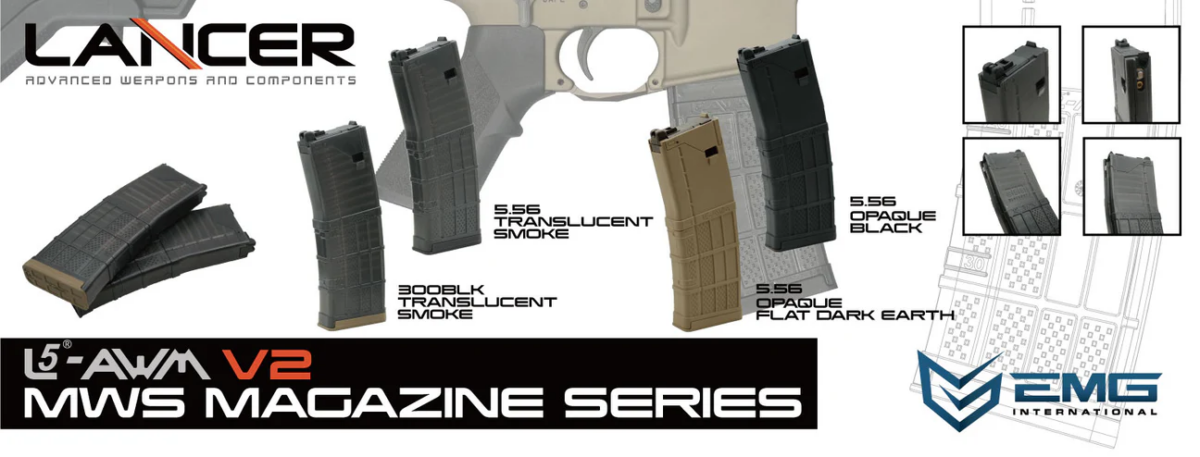Moisture Removal Packets and Their Relevance in Modern Applications

In the realm of product preservation and protection, the humble moisture removal packet has emerged as a silent hero. These small sachets, often filled with desiccants like silica gel, have become increasingly relevant in modern applications across various industries. From electronics to food, pharmaceuticals to textiles, the demand for moisture removal packets is on the rise. This blog thoroughly investigates the trend, analyzing the driving factors behind its growth and its significance in contemporary society.
Understanding Moisture Removal Packets:
Moisture removal packets, also commonly referred to as desiccant packets, fulfill a vital role in various industries by effectively absorbing moisture from the surrounding environment. These packets are instrumental in safeguarding products against moisture-related damage during storage, transportation, and distribution processes. At the heart of these packets lies the desiccant material, typically silica gel, renowned for its exceptional affinity for water molecules.
Silica gel, the primary component of moisture removal packets, possesses unique properties that make it ideal for moisture absorption. Its porous structure provides a large surface area, allowing it to efficiently trap water molecules through adsorption. As moisture permeates the packaging, silica gel actively attracts and retains water vapor, preventing it from causing harm to the enclosed products.
Key Factors Driving the Trend:
-
In an era of heightened consumer expectations for product quality, manufacturers are proactively using moisture removal packets to maintain optimal product condition during storage and transportation. These packets control humidity levels, thereby reducing the risk of spoilage, degradation, or malfunction.
- Environmental Concerns: With growing awareness of environmental sustainability, there’s a shift towards eco-friendly packaging solutions. Moisture removal packets, when made from recyclable materials or biodegradable alternatives, align with this trend, offering effective moisture control without contributing to environmental harm.
-
The rise of e-commerce has reshaped supply chains, extending transit times and exposing products to diverse climates. Moisture removal packets play a crucial role in preserving goods during these journeys, guaranteeing pristine condition upon arrival to consumers worldwide.
- Food and Pharmaceuticals: In industries where product integrity is paramount, such as food and pharmaceuticals, moisture can be particularly detrimental. Help extend the shelf life of perishable goods and maintain the efficacy of pharmaceutical formulations, enhancing consumer safety and satisfaction.
- Electronics and Gadgets: Electronics are highly susceptible to moisture damage, which can result in corrosion, short circuits, and malfunction. By incorporating moisture removal packets into product packaging, manufacturers mitigate these risks, enhancing the reliability and longevity of electronic devices
- Silica gel is one of the most commonly used desiccants in these packets. It’s a porous form of silicon dioxide that can absorb a significant amount of moisture without undergoing any chemical changes itself. Once the silica gel reaches its absorption capacity, it can be regenerated by heating it to release the trapped moisture.
Relevance in Specific Industries:
- Food Industry: In the food industry, moisture removal are indispensable for preserving the freshness and quality of packaged goods, including snacks, spices, and baked goods. Whether it’s combating moisture in snack bags or preventing clumping in powdered products, these packets ensure an optimal consumer experience.
- Pharmaceuticals: Pharmaceutical products, ranging from tablets to diagnostic kits, require stringent moisture control to maintain stability and efficacy. Moisture removal help safeguard the integrity of sensitive medications and prevent moisture-induced degradation, ensuring that patients receive safe and effective treatments.
- Textiles and Apparel: Moisture can wreak havoc on textiles and apparel, leading to mold growth, musty odors, and fabric deterioration. By including moisture removal packets in garment packaging or storage containers, manufacturers protect clothing items from moisture-related damage, preserving their quality and appearance.
Future Trends and Innovations:
Advancements in materials science, packaging technology, and sustainability initiatives will continue to drive the evolution of moisture removal packets. Groundbreaking innovations, like smart desiccants capable of real-time humidity monitoring and customizable packets tailored to specific product needs, will revolutionize moisture management across industries. These advancements promise improved efficiency, effectiveness, and customization options for moisture control solutions.
In today’s world, where product quality, sustainability, and consumer satisfaction reign supreme, moisture removal packets have become indispensable tools for manufacturers in diverse industries. They safeguard the integrity and performance of goods, from preserving food freshness to enhancing electronic device reliability. As the demand for effective moisture control solutions rises, moisture removal packets will continue to be pivotal in modern packaging and preservation, ensuring products reach consumers in optimal condition, no matter their location.









